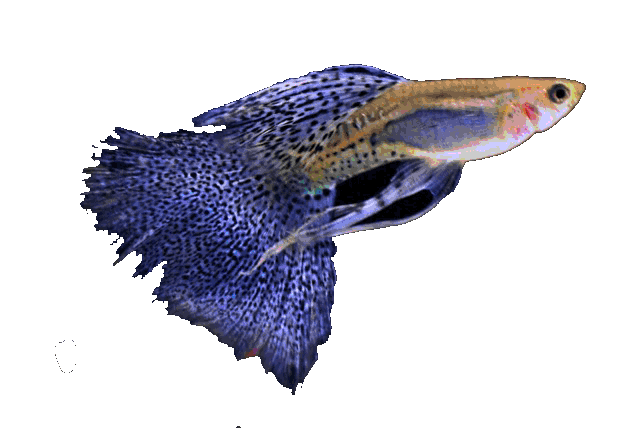



Basic data:
Scientific name: Zoogoneticus tequila (Webb & Miller, 1998)
Explanation of words: Zoogoneticus (Zoon = few animals, genesis = genesis), tequila (after the volcano Tequila near the city of Teuchitlan)
Slovenian name:
Group: Livebirds
Source: North America : Mexico, Rio Teuchitlan area
Size: Males: 6 cm, females: 8 cm
Biotope / habitat : Mud pond, vegetation
Social behavior: Basically peaceful fish, slight rivalry between males. Hierarchy.
Diet: Omnivore, frozen and lyophilized food (invertebrates)
Cultivation: Medium difficult
Aquarium: Minimum 100 liters
Population: flocks per 100 liters of water
Decoration: Plants, stones, roots, dark background
Temperature: 17-25 ° C (19-22)
pH: 6.5-7.5
Hardness: not essential
Life span:
Synonym:
Zoogoneticus tequila
Kingdom: Animalia / animals
Trunk: Chordata / string players
Class: Actinopterygii / arthropods
Order: Cyprinodontiformes / Toothpicks
Family: Goodeidae / live-bearing Mexican carp
Genus: Zoogeneticus
Species: Zoogoneticus tequila (Webb & Miller, 1998)
-
Zoogoneticus sp. (Lambert, 1990)



